Transforming Spaces: The Art of Home Interior Design
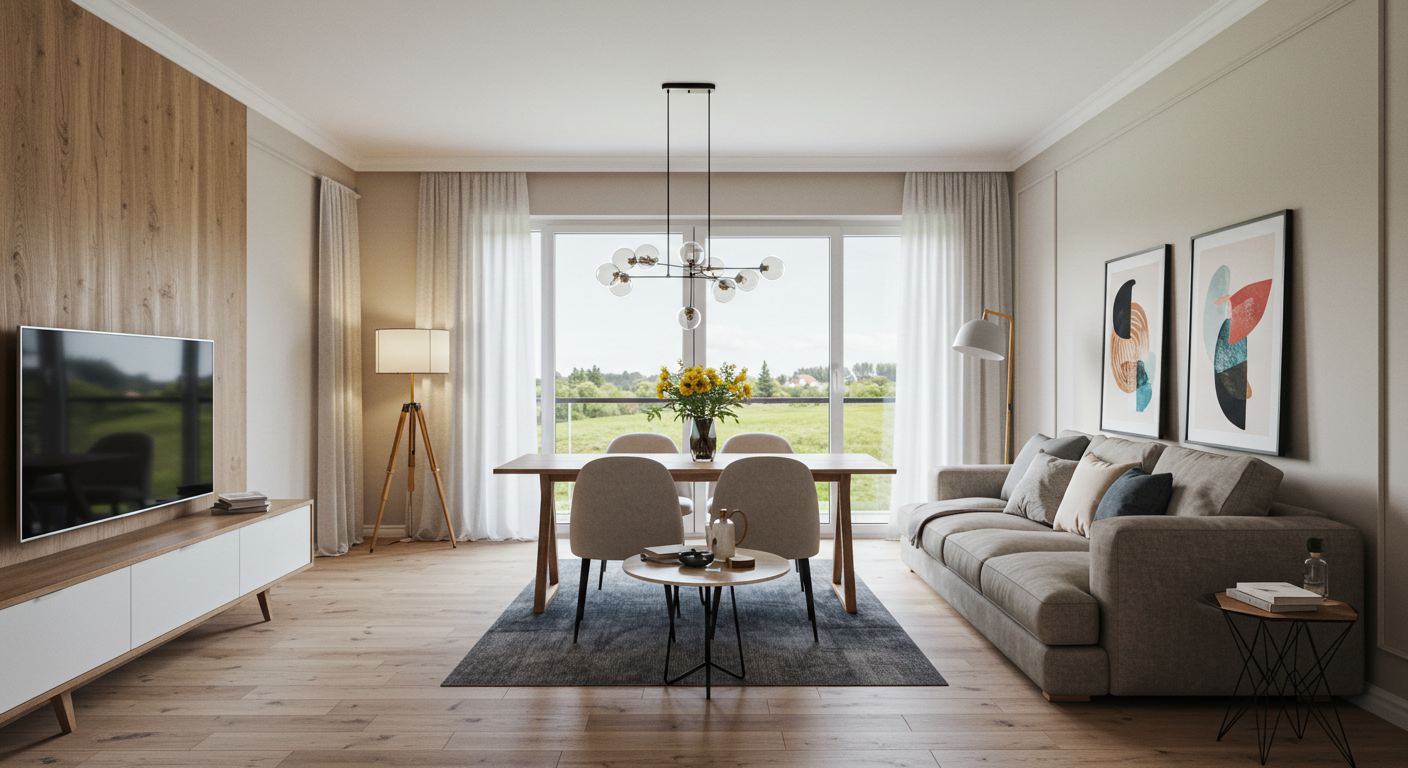
Introduction
Home interior design is more than just arranging furniture or choosing a color palette—it’s about creating a space that reflects your personality, supports your lifestyle, and enhances your overall well-being. A well-designed interior can uplift your mood, improve functionality, and bring a sense of peace and harmony to your home.
1. The Importance of Interior Design
Interior design plays a crucial role in how we experience spaces. Good design optimizes the layout, ensures proper lighting, and balances aesthetics with practicality. Whether you live in a cozy apartment or a spacious house, effective interior design can make your home more comfortable, efficient, and beautiful.
2. Key Elements of Interior Design
-
Space: Understanding the size and dimensions of a room helps in planning furniture placement and movement flow.
-
Color: Color sets the mood of a space. Cool tones like blues and greens create calmness, while warm tones like reds and yellows bring energy.
-
Light: Natural and artificial lighting can dramatically change how a room looks and feels. Smart lighting choices enhance ambiance and visibility.
-
Texture & Patterns: Adding texture through fabrics, wall finishes, and accessories brings depth and character to a room.
-
Furniture: The right furniture balances style and comfort. Multi-functional pieces are great for small spaces.
-
Décor & Accessories: Artwork, plants, rugs, and decorative pieces personalize the space and bring it to life.
3. Popular Interior Design Styles
-
Modern: Clean lines, neutral colors, and minimalist furniture.
-
Contemporary: Current trends with a mix of old and new styles.
-
Traditional: Classic furniture, rich colors, and ornate details.
-
Scandinavian: Light colors, simplicity, and functionality.
-
Industrial: Exposed bricks, metal accents, and raw finishes.
-
Bohemian: Eclectic mix of colors, patterns, and textures.
4. Tips for Designing Your Home Interior
-
Start with a Vision: Use mood boards or design apps to collect inspiration.
-
Think Function First: Your space should work for your lifestyle.
-
Mix and Match: Blend styles and textures to add interest.
-
Declutter: Less is more. A clutter-free space feels larger and more peaceful.
-
Stay True to You: Don’t just follow trends—design a space that feels like home.
5. Sustainable Interior Design
Eco-friendly choices in interior design are becoming increasingly popular. From using reclaimed wood and recycled materials to opting for energy-efficient lighting and non-toxic paints, sustainable design helps protect the environment while creating a healthy home.
Conclusion
Home interior design is a journey of transforming a house into a home. It’s about making intentional choices that enhance your quality of life and express who you are. With creativity, planning, and inspiration, you can turn any space into your perfect sanctuary.
Resources
-
Dezeen – Contemporary Interior Trends
-
Better Homes & Gardens – Decorating Ideas
Details
Author
Top articles
You can now watch HBO Max for $10
Latest articles
You can now watch HBO Max for $10
Introduction
Home interior design is more than just arranging furniture or choosing a color palette—it’s about creating a space that reflects your personality, supports your lifestyle, and enhances your overall well-being. A well-designed interior can uplift your mood, improve functionality, and bring a sense of peace and harmony to your home.
1. The Importance of Interior Design
Interior design plays a crucial role in how we experience spaces. Good design optimizes the layout, ensures proper lighting, and balances aesthetics with practicality. Whether you live in a cozy apartment or a spacious house, effective interior design can make your home more comfortable, efficient, and beautiful.
2. Key Elements of Interior Design
-
Space: Understanding the size and dimensions of a room helps in planning furniture placement and movement flow.
-
Color: Color sets the mood of a space. Cool tones like blues and greens create calmness, while warm tones like reds and yellows bring energy.
-
Light: Natural and artificial lighting can dramatically change how a room looks and feels. Smart lighting choices enhance ambiance and visibility.
-
Texture & Patterns: Adding texture through fabrics, wall finishes, and accessories brings depth and character to a room.
-
Furniture: The right furniture balances style and comfort. Multi-functional pieces are great for small spaces.
-
Décor & Accessories: Artwork, plants, rugs, and decorative pieces personalize the space and bring it to life.
3. Popular Interior Design Styles
-
Modern: Clean lines, neutral colors, and minimalist furniture.
-
Contemporary: Current trends with a mix of old and new styles.
-
Traditional: Classic furniture, rich colors, and ornate details.
-
Scandinavian: Light colors, simplicity, and functionality.
-
Industrial: Exposed bricks, metal accents, and raw finishes.
-
Bohemian: Eclectic mix of colors, patterns, and textures.
4. Tips for Designing Your Home Interior
-
Start with a Vision: Use mood boards or design apps to collect inspiration.
-
Think Function First: Your space should work for your lifestyle.
-
Mix and Match: Blend styles and textures to add interest.
-
Declutter: Less is more. A clutter-free space feels larger and more peaceful.
-
Stay True to You: Don’t just follow trends—design a space that feels like home.
5. Sustainable Interior Design
Eco-friendly choices in interior design are becoming increasingly popular. From using reclaimed wood and recycled materials to opting for energy-efficient lighting and non-toxic paints, sustainable design helps protect the environment while creating a healthy home.
Conclusion
Home interior design is a journey of transforming a house into a home. It’s about making intentional choices that enhance your quality of life and express who you are. With creativity, planning, and inspiration, you can turn any space into your perfect sanctuary.
Resources
-
Dezeen – Contemporary Interior Trends
-
Better Homes & Gardens – Decorating Ideas
Top articles
You can now watch HBO Max for $10
Latest articles
You can now watch HBO Max for $10
This is a page that only logged-in people can visit. Don't you feel special? Try clicking on a button below to do some things you can't do when you're logged out.
Example modal
At your leisure, please peruse this excerpt from a whale of a tale.
Chapter 1: Loomings.
Call me Ishmael. Some years ago—never mind how long precisely—having little or no money in my purse, and nothing particular to interest me on shore, I thought I would sail about a little and see the watery part of the world. It is a way I have of driving off the spleen and regulating the circulation. Whenever I find myself growing grim about the mouth; whenever it is a damp, drizzly November in my soul; whenever I find myself involuntarily pausing before coffin warehouses, and bringing up the rear of every funeral I meet; and especially whenever my hypos get such an upper hand of me, that it requires a strong moral principle to prevent me from deliberately stepping into the street, and methodically knocking people's hats off—then, I account it high time to get to sea as soon as I can. This is my substitute for pistol and ball. With a philosophical flourish Cato throws himself upon his sword; I quietly take to the ship. There is nothing surprising in this. If they but knew it, almost all men in their degree, some time or other, cherish very nearly the same feelings towards the ocean with me.


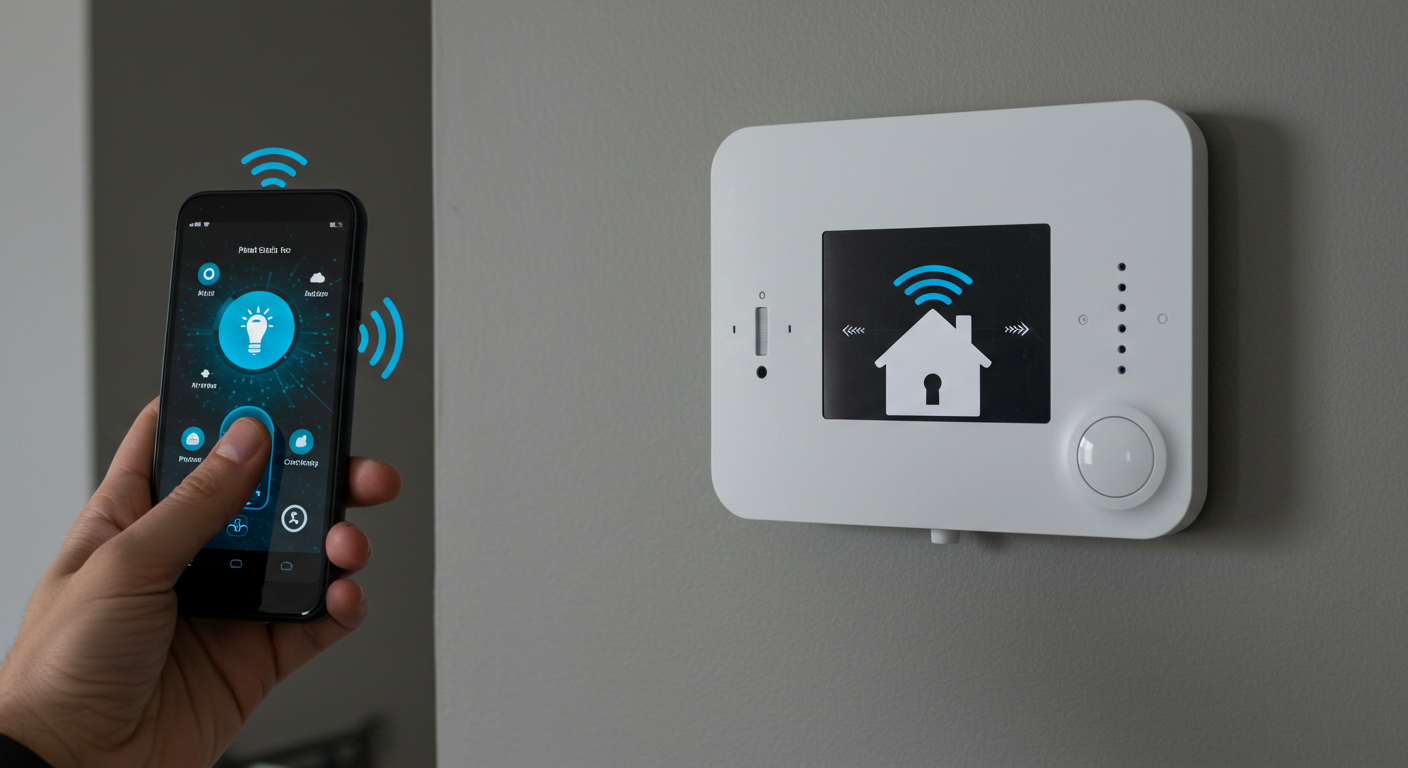
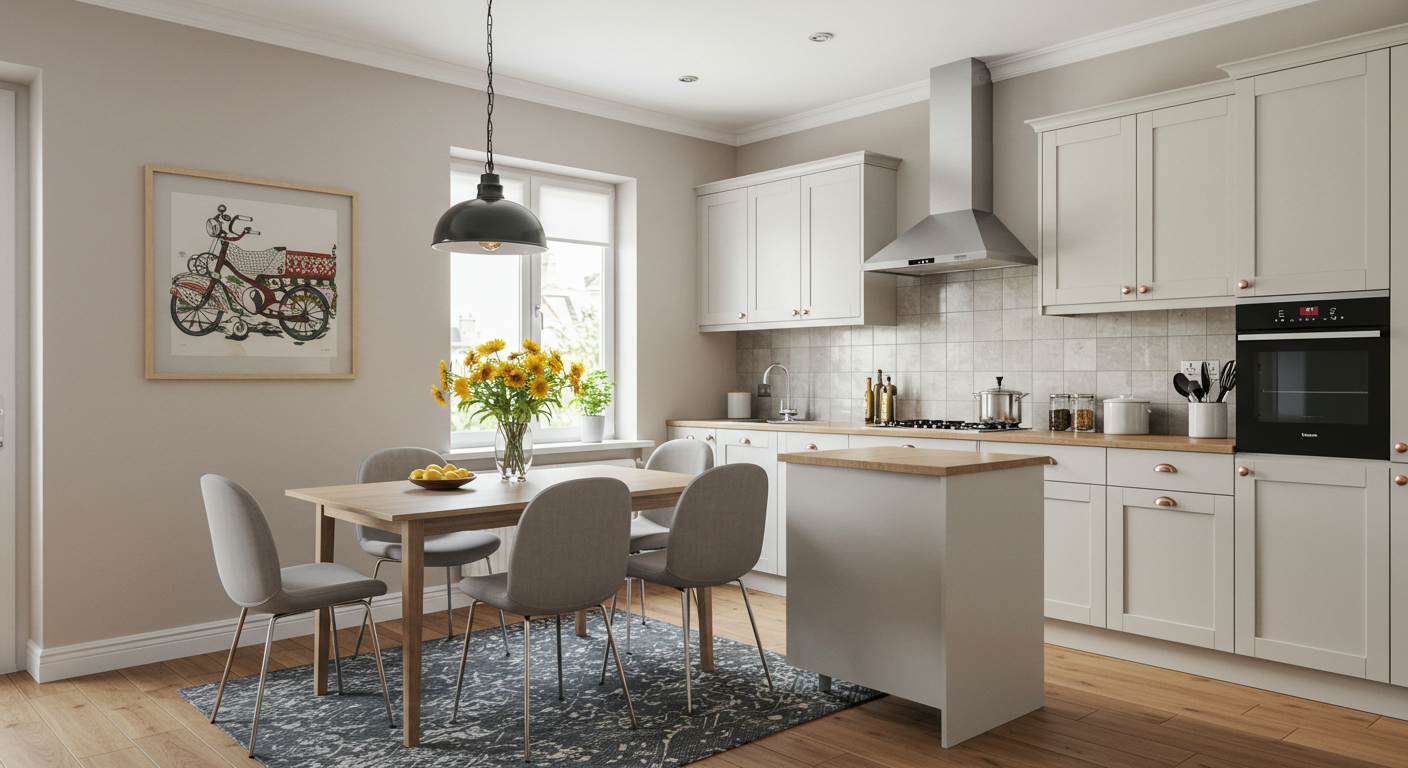
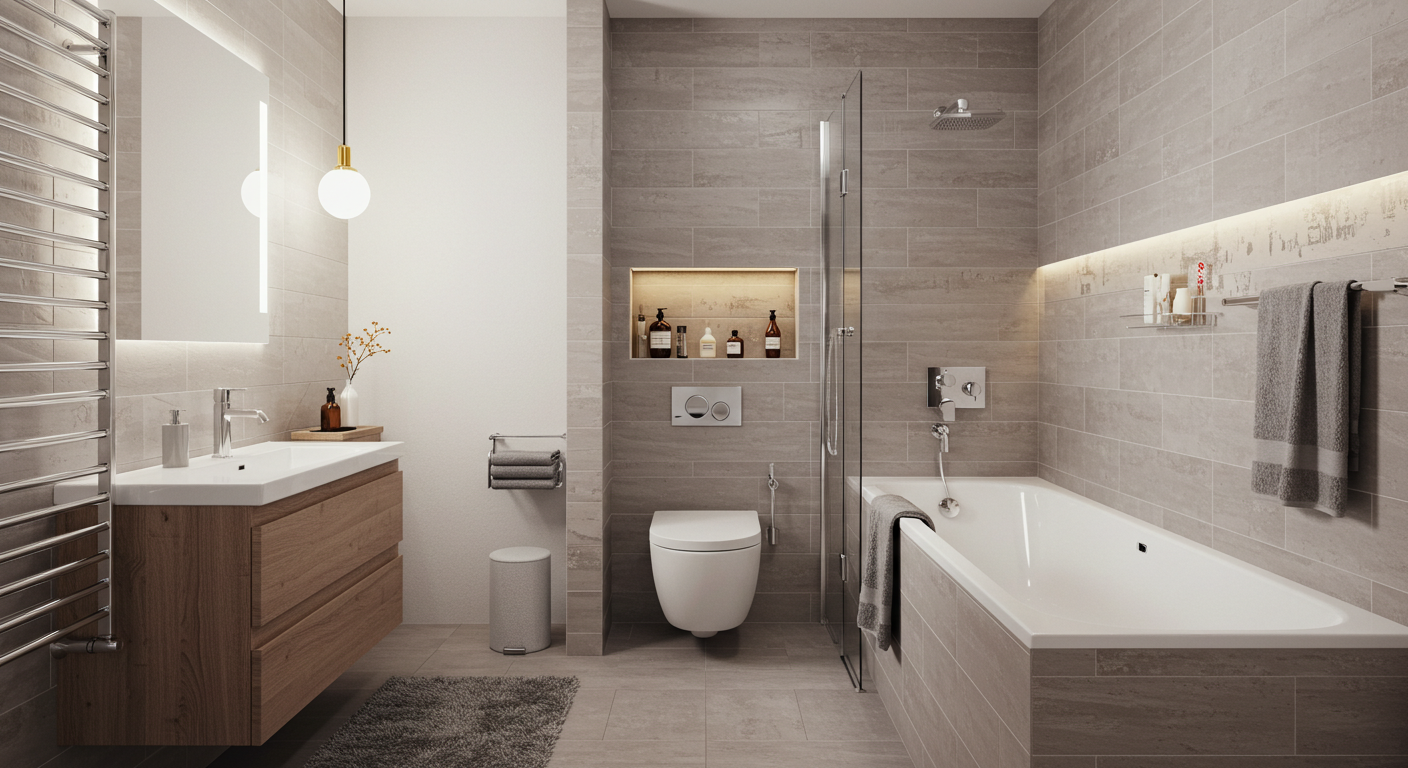

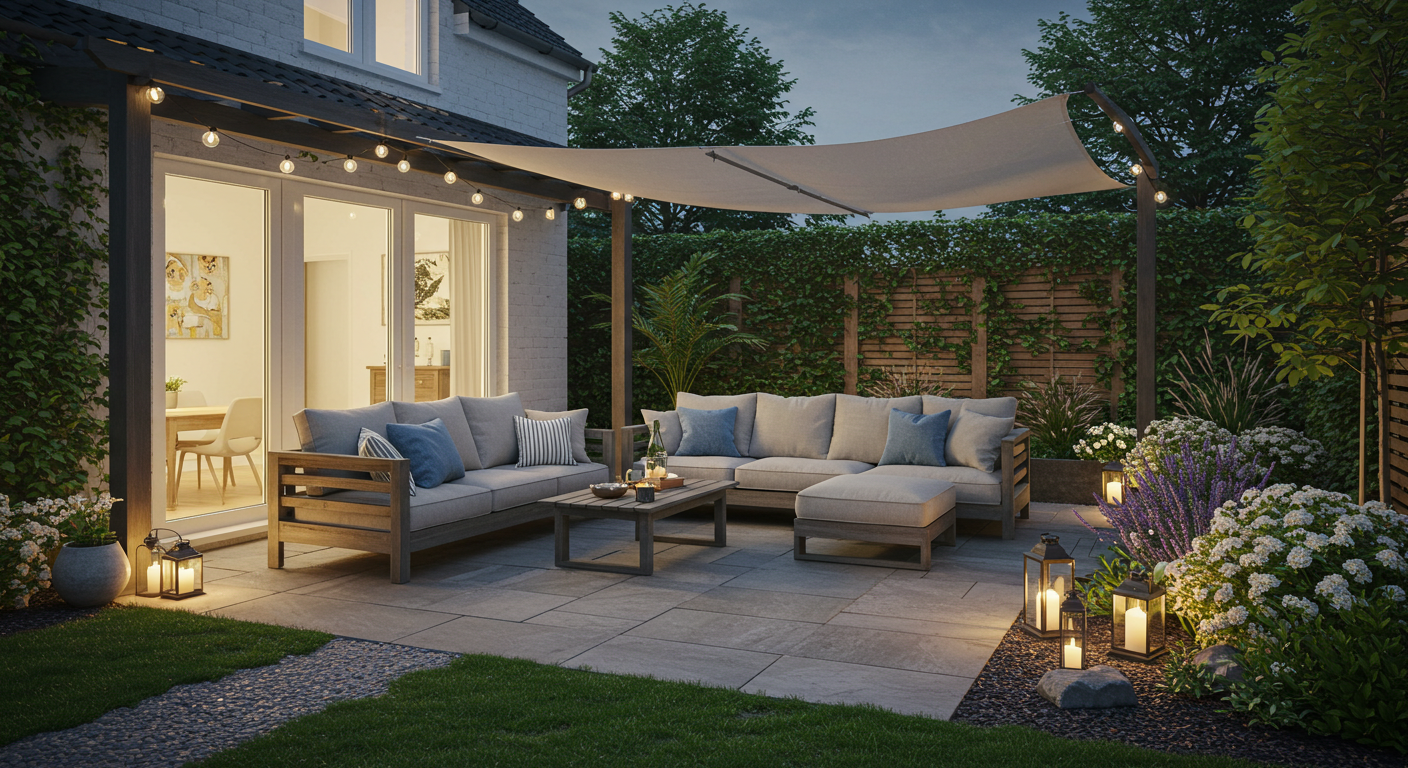
Comment